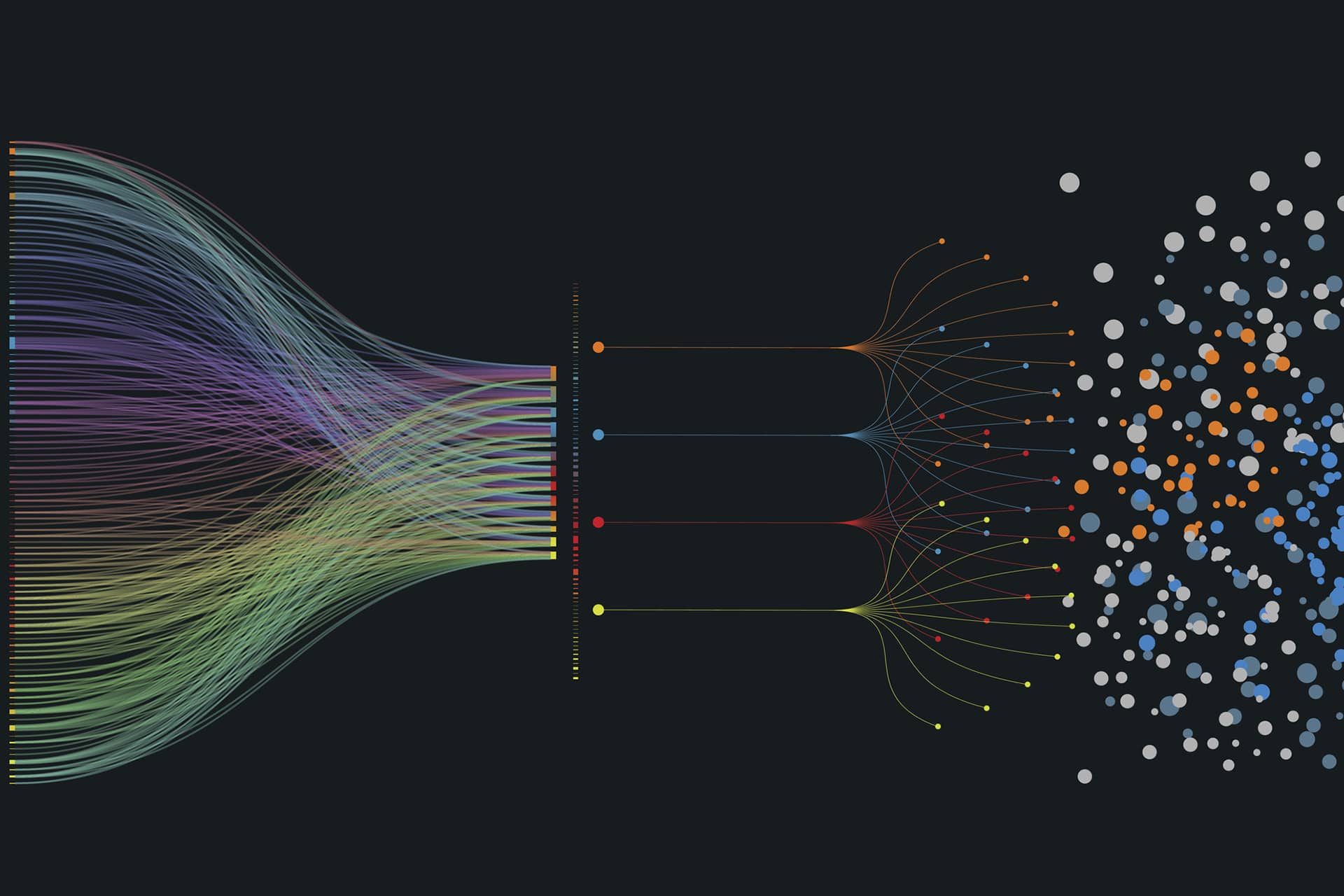As a technology leader, your most critical resource isn't your cloud infrastructure or your tech stack; it's the high-impact engineering talent you've hired to build. Yet, many organizations are allowing a mission-critical bottleneck to quietly drain this resource, driving up costs and slowing innovation.
That bottleneck is data labeling.
We instinctively treat data labeling as a simple, internal prerequisite for machine learning. But this "in-house" approach carries staggering hidden costs. When your ML engineers are tasked with annotating data—or even just managing a team of internal, non-specialist labelers—you are not saving money. You are engaging in one of the most expensive forms of resource misallocation in modern tech.
The Hard Math: Calculating the Engineer Time Cost
Let's do the math. The primary audience for this calculation is the P&L owner: the CTO and the VP of Engineering.
The Asset: A skilled Machine Learning Engineer. In a competitive market, their fully-loaded salary easily averages $150,000 per year (and often much higher in major tech hubs).
The Misallocation: Industry reports (like those from Anaconda) famously state that data scientists and ML engineers spend up to 80% of their time on data preparation, which includes cleaning, collecting, and labeling.
The Cost: Let's be conservative and use your estimate: an engineer spends 30% of their time either labeling data directly or, more insidiously, managing the quality, guidelines, and output of an ad-hoc internal team.
$150,000 (Salary) x 30% (Time) = $45,000 per year.
This is the direct, visible engineer time cost for one engineer. For a team of five, that's $225,000 annually. This isn't just an expense; it's a waste. That $45,000 represents the salary you are paying an expert modeler to perform a task they are not specialized for, and frankly, a task they dislike.
This figure is alarming, but it only scratches the surface. The real damage lies in the opportunity cost.
The Deeper Damage: Opportunity Cost and Quality Collapse
The $45,000 is what you pay. The opportunity cost of data labeling is what you lose.
When your best minds are drawing bounding boxes, they are not:
Architecting new model structures.
Tuning hyperparameters.
Iterating on model performance.
Deploying models into production.
Researching the next competitive feature.
You have effectively paid a specialist's salary for low-complexity work, sacrificing the high-complexity innovation you hired them to create.
But the pain points extend far beyond the balance sheet.
The Morale and Retention Problem:Top-tier engineers are driven by complex problem-solving. Forcing them to do tedious, repetitive annotation work is the fastest way to kill morale. They see it as "grunt work," a misuse of their skills. In a competitive hiring market, talented engineers will leave for organizations that respect their time and allow them to focus on high-impact work.
-
The Quality and Consistency Crisis:Here is a critical truth: ML engineers are not expert annotators. Data annotation is its own discipline, one that requires rigorous training, strict adherence to guidelines, and a robust QA process. When engineers label data "on the side," they do so with:
This inconsistency introduces noise and error directly into your training data, leading to the classic "Garbage In, Garbage Out" (GIGO) paradigm. Your model's ceiling is capped not by the algorithm, but by the poor quality of its foundation.
Inconsistent Application: Engineer A's interpretation of an "edge case" will differ from Engineer B's.
Bias: They may (often subconsciously) label data in a way that confirms their model's expected outcome.
Lack of Rigor: They rush the work to get back to "real" engineering.
The Inability to Scale:An "in-house" labeling process run by engineers works, perhaps, for a 1,000-image proof-of-concept. It completely collapses when you need to build a production-grade model.
What happens when your model needs 500,000 labeled data points? Or when you expand into a new market and need data annotated in three new languages? Your engineering team, already stretched thin, grinds to a halt. This is the definition of a failed system—it is not scalable data operations.
The Strategic Solution: From "Labeling" to "Data Operations"
The solution is to reframe the problem. Stop treating data labeling as a developer's task and start treating it as a specialized, scalable business function: Data Operations.
Your ML engineers are experts in model building. They should focus 100% of their $150,000 salary on that single, high-leverage activity.
The data operations pipeline—including annotation, QA, guideline management, and data sourcing—should be handled by a dedicated partner. This isn't just "outsourcing"; it's specialization. A professional data operations partner provides four things your engineering team cannot:
A Trained, Dedicated Workforce: Professionals who do only this, ensuring consistency and quality.
Robust QA Infrastructure: Multi-layer review, consensus scoring, and calibration processes to guarantee label accuracy.
Scalability on Demand: The ability to scale from 1,000 to 1,000,000 annotations without interrupting your development cycle.
Cost-Effectiveness: They perform the work at a fraction of the cost of a high-salary engineer.
This strategic shift becomes even more critical as models become more complex and global. True scalable data operations demand more than just extra hands; they require deep expertise in quality assurance, guideline management, and linguistic nuance.
This is where a specialized partner with a proven track record becomes essential. For example, firms like Artlangs Translation have built their expertise over years, focusing not just on standard annotation but on the high-complexity domain of multi-lingual data. With experience spanning 230+ languages, they have a rich history in handling everything from translation and video localization to the nuanced multi-lingual data transcription and labeling required for today's most sophisticated AI. They provide the "data operations" backbone, freeing your expensive engineering resources to focus exclusively on what they do best: building models.
Stop paying your best engineers to do the world's most expensive data entry. Reallocate that $45,000 in "opportunity cost" back into innovation and let your team do the work you hired them for.











